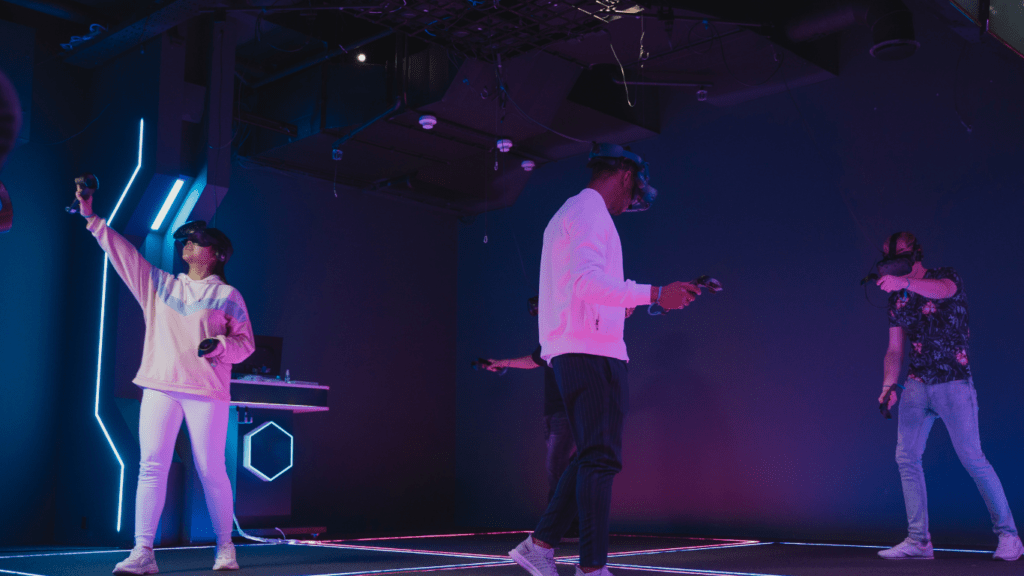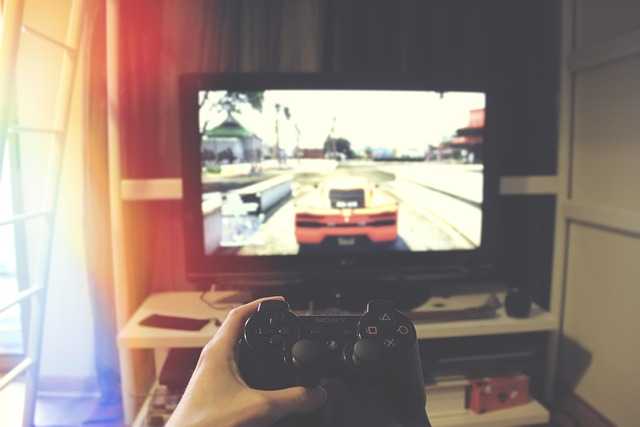In the ever-evolving landscape of technology, the battle between Augmented Reality (AR) and Virtual Reality (VR) has captured the imagination of both tech enthusiasts and industry experts alike. As we stand on the cusp of a new decade, the question looms large: which of these immersive technologies will emerge as the dominant force shaping our future?
AR, with its ability to overlay digital information onto the real world, has found applications in fields ranging from gaming to healthcare. On the other hand, VR offers users a complete escape into virtual environments, revolutionizing entertainment and training experiences. Both technologies hold immense promise, but the race to mainstream adoption is on.
Join me as we delve into the realms of AR and VR, exploring their strengths, weaknesses, and the potential impact each could have on our daily lives in the coming years. The stage is set, and the next decade promises to be a thrilling showdown between these two transformative technologies.
Understanding AR and VR
Understanding Augmented Reality (AR) and Virtual Reality (VR) is essential to grasp their potential impact in the upcoming years. Let me delve into the distinct characteristics of each technology to shed light on their functionalities and applications.
What Is Augmented Reality (AR)?
Augmented Reality (AR) enriches the real world by superimposing digital content such as images, videos, or information onto it. It enhances the user’s perception of reality by overlaying virtual elements seamlessly into the physical environment, offering an interactive and immersive experience. AR has found applications in various industries like gaming, education, healthcare, and marketing, revolutionizing how we interact with digital information in our surroundings.
What Is Virtual Reality (VR)?
Virtual Reality (VR) creates a simulated environment that completely immerses users in a computer-generated reality, shutting out the physical world. By using headsets and controllers, VR users can explore and interact with this artificial environment as if it were real. VR technology has been predominantly adopted in gaming, training simulations, architectural visualization, and entertainment, providing users with unparalleled experiences beyond the constraints of the physical world.
Historical Developments in AR and VR
In exploring the progression of Augmented Reality (AR) and Virtual Reality (VR), it’s essential to trace back to their significant milestones, showcasing the evolution of these immersive technologies.
Milestones in Augmented Reality
I’ll outline key advancements in Augmented Reality (AR) that have shaped its trajectory:
- 1968 – The Birth of AR
Ivan Sutherland and his student created the first head-mounted display system, laying the foundation for AR technology. - 1990s – AR Application
AR found initial applications in the military, with projects like the Heads-Up Display (HUD) for pilots. - 2013 – Rise of Google Glass
Google Glass introduced AR to the public, allowing users to access information in a hands-free format.
Milestones in Virtual Reality
Let’s dive into the pivotal moments that have defined the development of Virtual Reality (VR):
- 1960s – VR Concept Emerges
The concept of VR was introduced, leading to the creation of the first head-mounted VR display by Morton Heilig. - 1990s – VR in Entertainment
VR gained traction in the entertainment industry with the release of Virtuality Group’s gaming systems. - 2010 – Oculus Rift
The launch of the Oculus Rift marked a significant milestone in VR, offering a more immersive experience to users.
By examining these key milestones in AR and VR, we can better understand the progression of these technologies and foresee their potential dominance in the coming decade.
Current Applications of AR and VR

In the rapidly evolving tech landscape, the applications of Augmented Reality (AR) and Virtual Reality (VR) are becoming increasingly prevalent across various sectors. Let’s explore how these immersive technologies are revolutionizing different aspects of our lives.
AR in Daily Life and Industry
In daily life, AR has found its way into various applications that enhance our experiences. From popular mobile games like Pokémon GO, where users interact with virtual creatures superimposed on the real world, to navigation apps that overlay directions onto the streets we walk, AR is seamlessly integrating into our everyday activities.
In the industrial realm, AR is streamlining processes and improving efficiency. Maintenance workers, for example, can utilize AR glasses to access real-time information while servicing equipment, reducing downtime and enhancing productivity. Additionally, industries like retail are leveraging AR for virtual try-on experiences, allowing customers to visualize products before making a purchase.
VR in Entertainment and Education
In the realm of entertainment, VR is reshaping how we consume media and experience digital content. Virtual reality gaming immerses players in interactive worlds, providing a level of engagement and escapism like never before. Furthermore, VR concerts and events offer audiences the opportunity to attend live performances from the comfort of their homes.
Education is another sector benefiting greatly from VR technology. Students can now embark on virtual field trips to historical sites, explore complex scientific concepts through interactive simulations, and engage in immersive language learning experiences. VR is revolutionizing the way knowledge is imparted, making learning more engaging and impactful than traditional methods.
Future Potential and Growth Projections
As we look ahead to the next decade, the future of both Augmented Reality (AR) and Virtual Reality (VR) technologies appears promising, with significant growth potential across various industries.
Innovations Poised to Shape AR
In the realm of Augmented Reality (AR), advancements in wearable technology are set to revolutionize user experiences. Devices like AR glasses are becoming more streamlined and sophisticated, offering users seamless integration of digital information into their physical surroundings. These innovations are paving the way for enhanced AR applications in fields such as healthcare, retail, and remote assistance.
Innovations Poised to Shape VR
Virtual Reality (VR) is on a trajectory of continuous innovation, with significant strides being made in the realm of immersive experiences. One of the key innovations shaping VR is the development of haptic feedback technology, allowing users to feel and interact with virtual environments more realistically. Furthermore, the integration of VR in training simulations and therapy programs is expected to expand, providing users with practical and therapeutic applications in diverse domains.
Challenges Facing AR and VR
As I delve deeper into the challenges facing AR and VR, it’s evident that these cutting-edge technologies aren’t without obstacles to overcome. Let’s explore some of the key hurdles in the advancement of AR and VR.
Technical Limitations and User Experience
In the realm of AR and VR, one of the primary challenges lies in the technical limitations that affect user experience. Issues such as hardware constraints, like the limited field of view in current AR devices or the need for powerful computers to support high-quality VR experiences, can hinder widespread adoption. Additionally, concerns related to motion sickness and eye strain in VR applications must be addressed to enhance user comfort and engagement.
Privacy and Security Concerns
Privacy and security are critical concerns surrounding AR and VR technologies. As these immersive technologies collect vast amounts of personal data to create customized user experiences, ensuring robust data protection measures is paramount. From safeguarding sensitive information in healthcare applications to preventing unauthorized access to users’ virtual environments, addressing privacy and security challenges is essential to build trust among users and drive widespread acceptance of AR and VR solutions.



